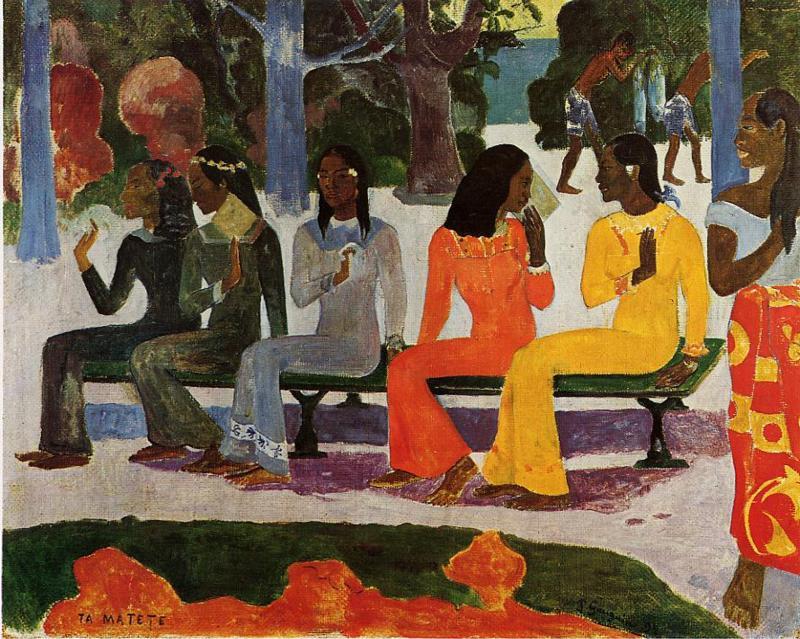Self-Portrait With Halo and Snake is an oil painting created by post-Impressionist painter Paul Gauguin in 1889 during his Brittany period. This unique self-portrait shows Gauguin holding a snake between his fingers with a halo above his head against a red background. The painting is considered enigmatic because of its Christian symbols, which include the halo, apple, and snake.
The painting is on display at the National Gallery of Art in Washington, D.C., and is known for its radical style compared to other self-portraits by Gauguin. Gauguin’s experimental use of color and influence on the Synthetist style of modern art paved the way for Primitivism and the return to the pastoral. Gauguin’s overall influence on modern art is significant, and Self-Portrait With Halo and Snake is a perfect example of his unconventional approach to art.
In the painting, Gauguin chose to use Christian symbols that could represent good, evil, and the garden of Eden. The snake, for example, represents the devil and betrayal, while the halo can represent sanctity, and the apple represents temptation. Overall, Gauguin’s use of Christian symbols in the painting shows his interest in religion and his attempt to turn conventional beliefs on their head through his art.








